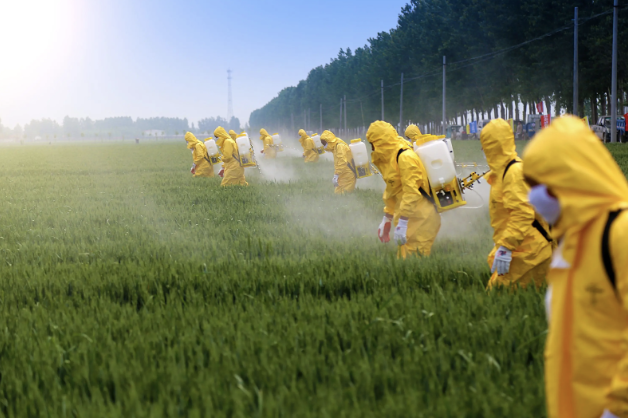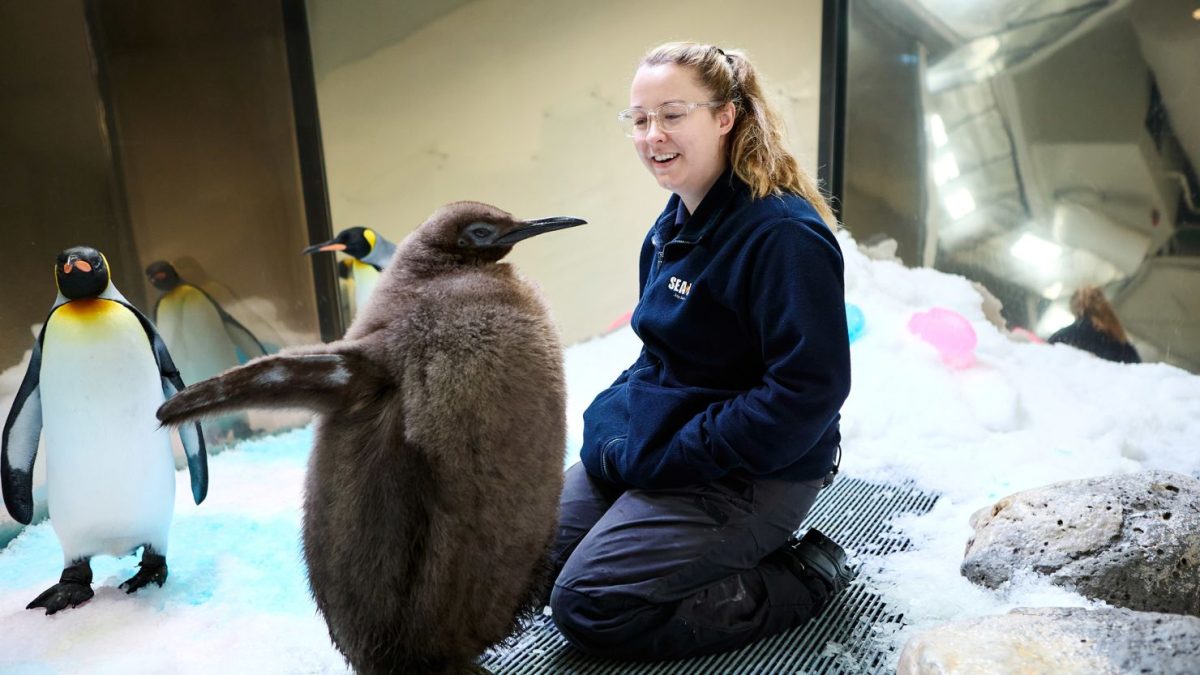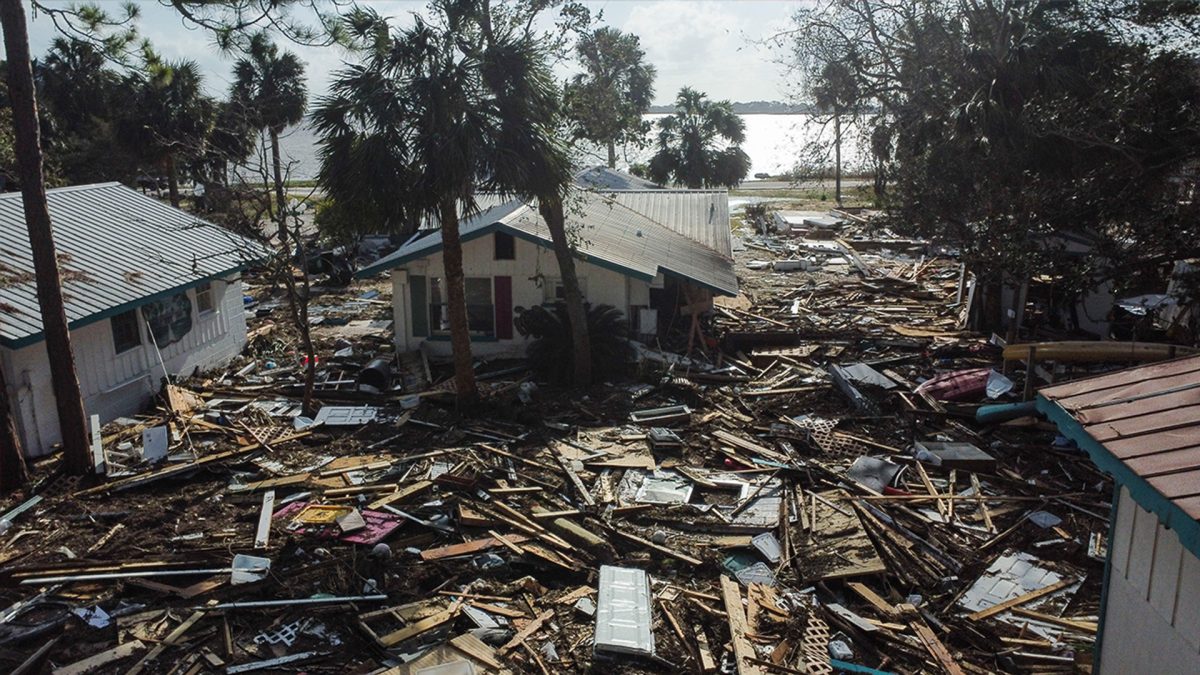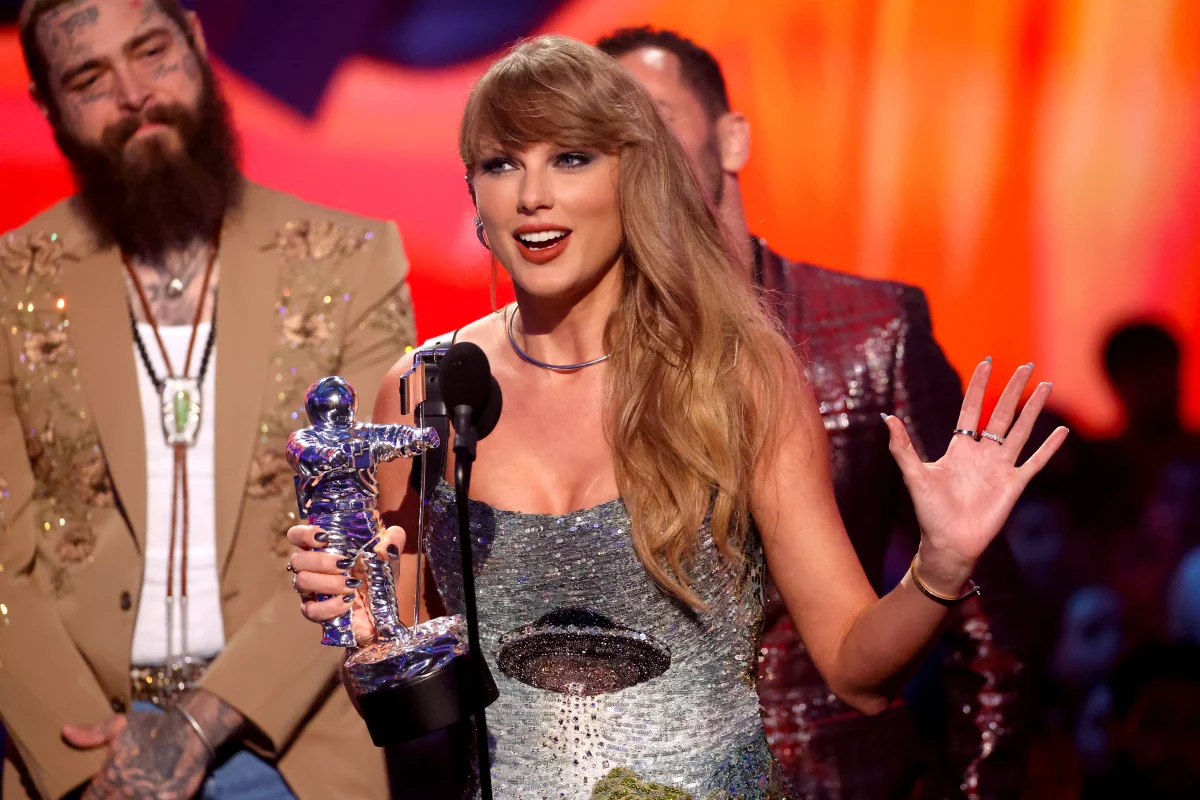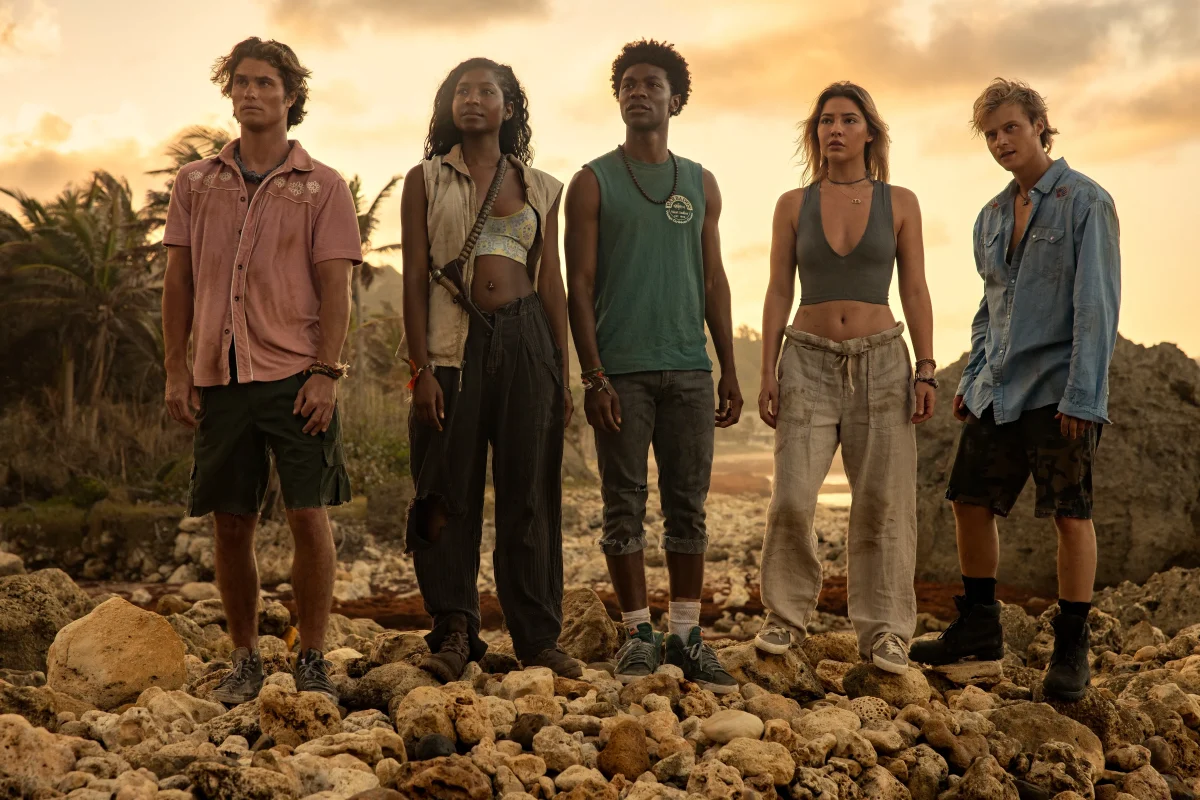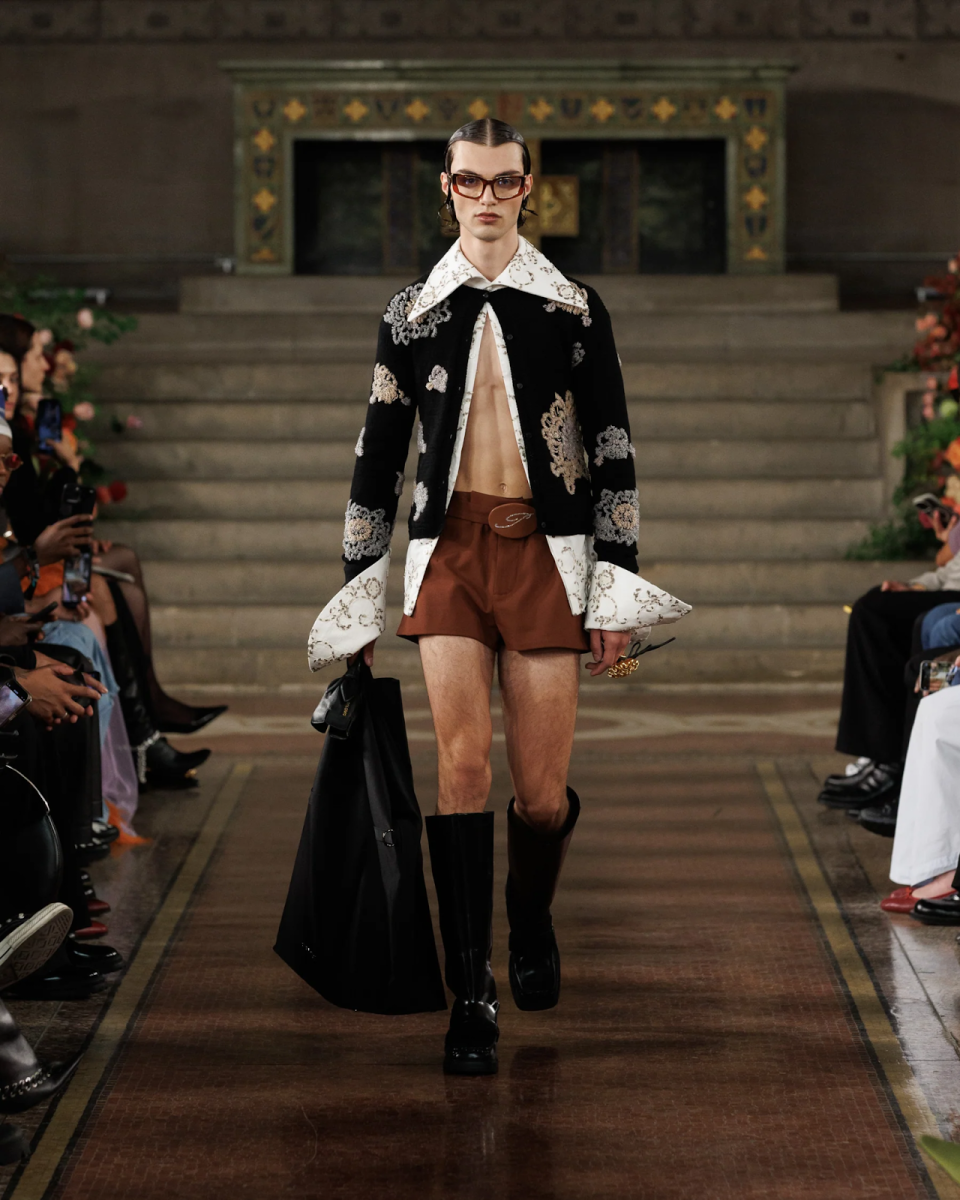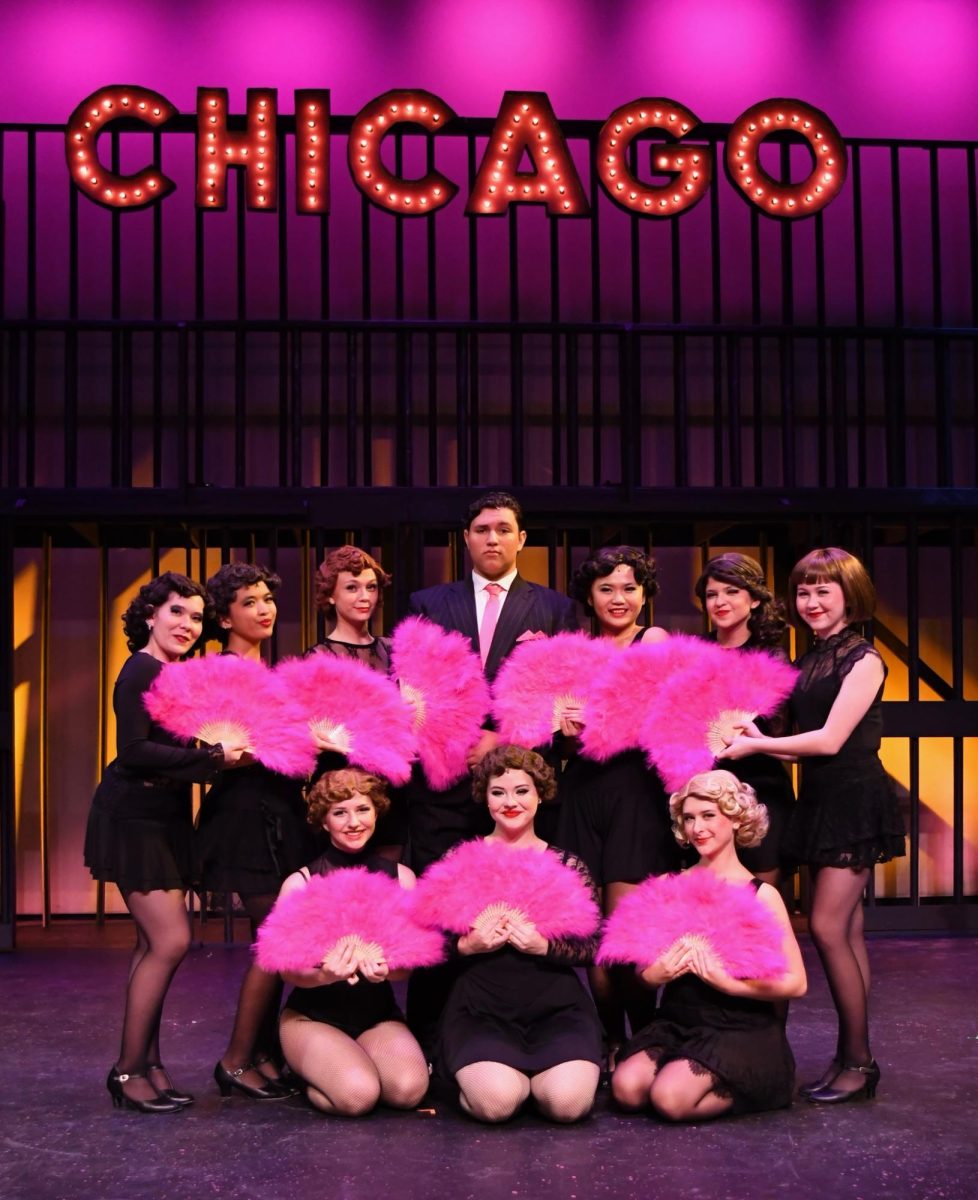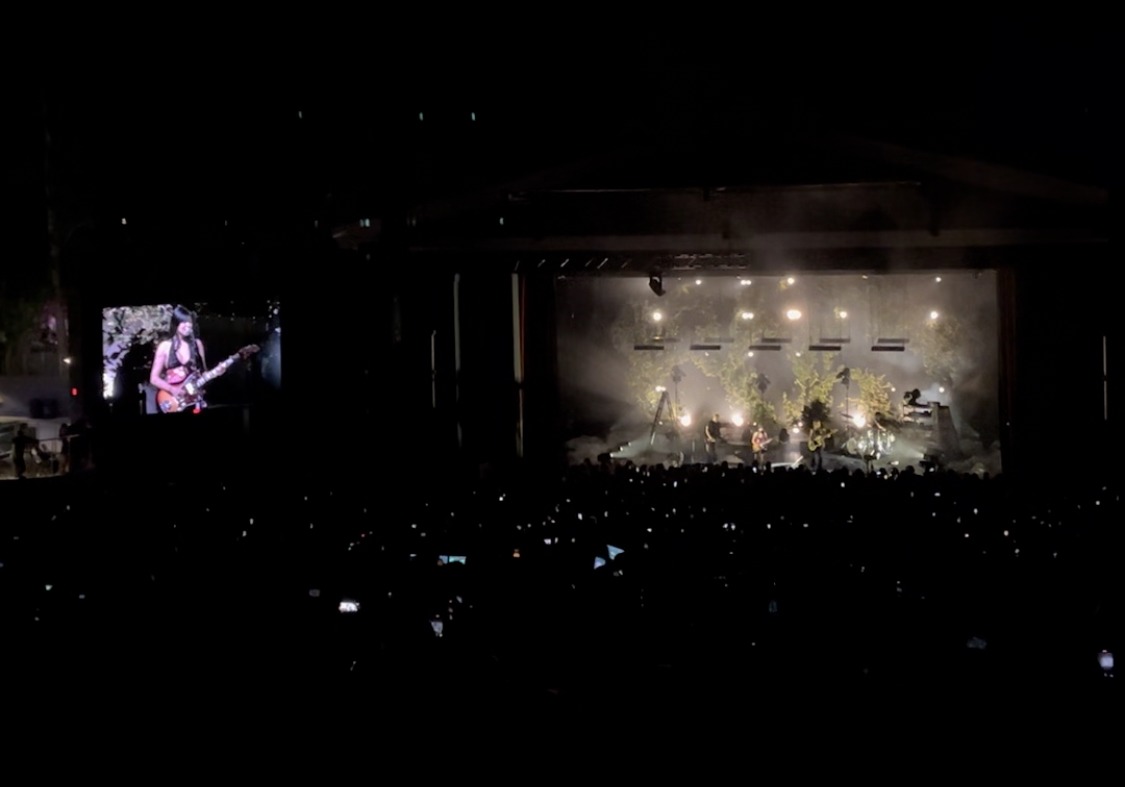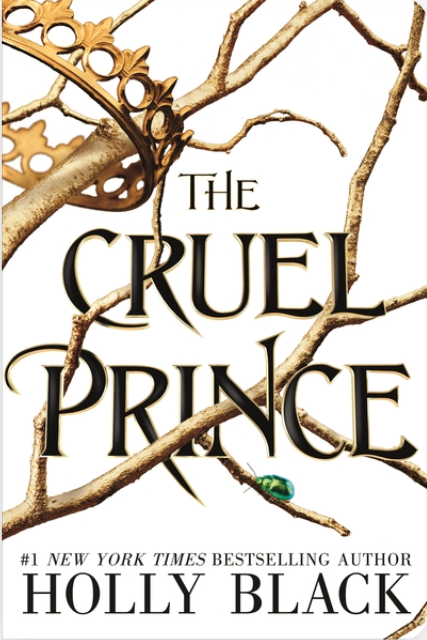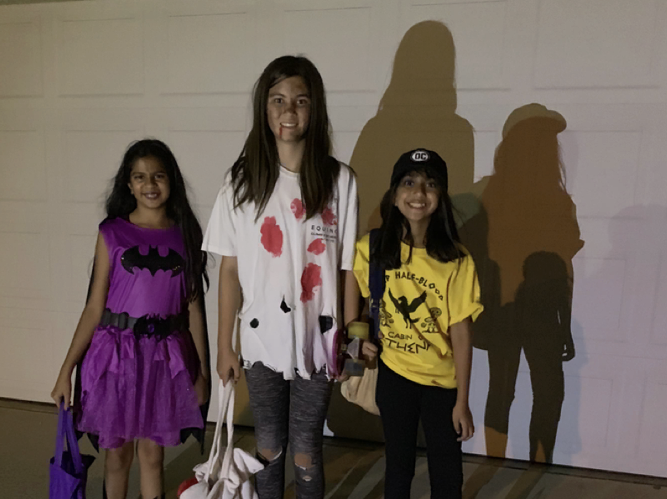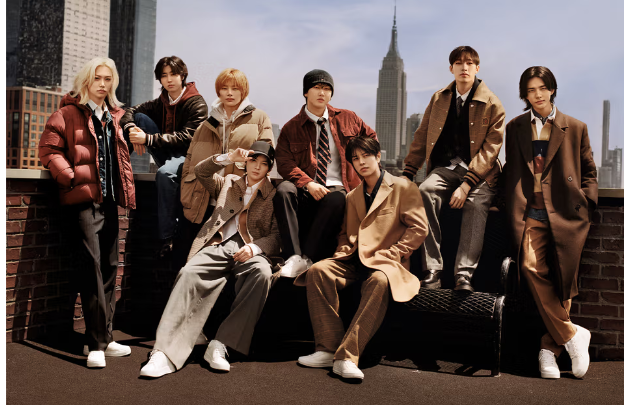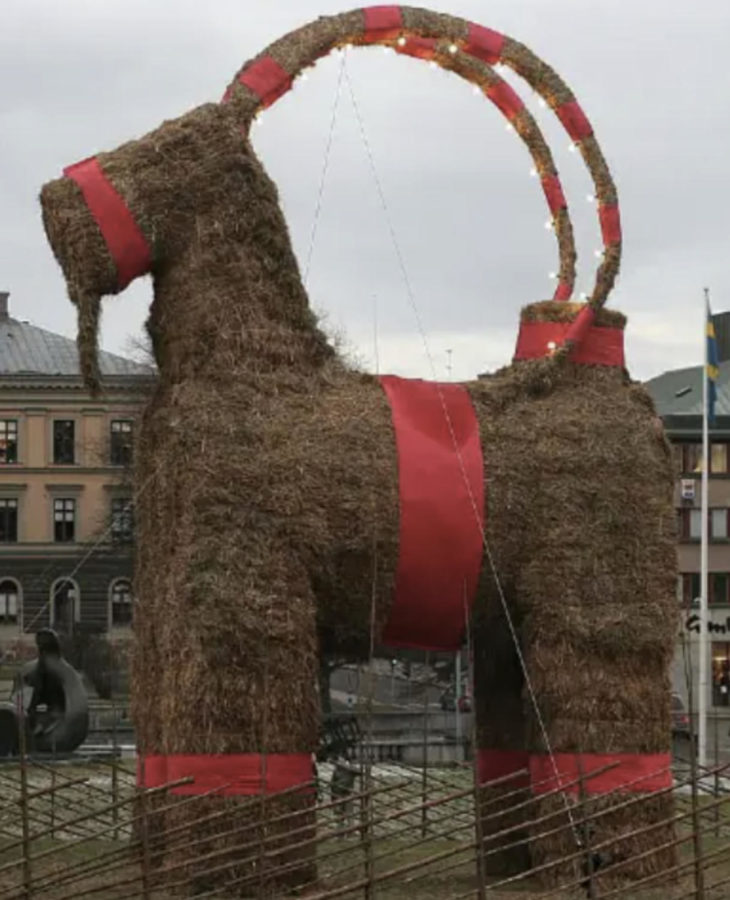Christmas Traditions Around the World
Some stories are told about the Gävle Goat that instead of reindeer, Santa Clause uses Yule Goats to pull his sled. This serves as the general purpose of why the Gävle Goat is put up every winter.
January 11, 2022
Putting up Christmas lights, decorating trees, giving gifts to friends and family, and celebrating various religious holidays are some of the many traditions seen in the United States during Christmas. But what about outside the country? Africa, Europe, Latin America, Asia, and many more places celebrate Christmas in different unique and historical ways.
Europe is extensive in its religious diversity, so no two countries celebrate any winter holiday the same way, and that includes Christmas. In Germany, St. Nicholas day is one of the largest celebrations and is loved especially by children who are excited to get early gifts before Christmas. St. Nicholas day takes place on December 6th and usually entails children leaving stockings and shoes for St. Nicholas and awaiting his arrival. St. Nicholas, a 4th-century Greek saint, is now known as St. Nick or Santa Claus because of his patronage to the people and his kind behavior to everyone. The celebration of Krampus in Austria, on the other hand, is the frightening tradition of scaring misbehaving children into thinking that a horned figure is going to chase them. Krampuslauf, or Krampus run, is a popular custom that involves people racing as if the horned figure is going to chase them. Although Krampus was made up in the 12th century, modern-day Christmas horror movies and TV shows have been made, including the 2015 movie Krampus, starring Toni Collette and Adam Scott. Krampus is known to look like a goat due to its furry appearance and jagged horns. Speaking of goats, in Sweden, the statue of the Gävle Goat is an annual Christmas attraction that locals celebrate with before the goat is burned. Due to the fact that the goat is made of straw, it’s been burned almost 50 times since its creation in 1966. To avoid this, it’s been sprayed with anti-flammable chemicals, but some people still find their way around the precautions. The furthest the goat has made it is to New Year’s Eve before it was burned again. The Gävle Goat is modeled after the Swedish Yule Goat because it tends to be found wandering amongst Swedish mountains covered in snow.
Across the globe in Latin America, people celebrate Christmas in tons of different ways. In Colombia, for example, Day of the Little Candles, or Día de las Velitas, a holiday about the Virgin Mary and the conception of Christ, involves celebrators lighting candles everywhere, from their roofs to their driveways to inside churches. Since it’s celebrated on December 7th, it is known as the unofficial start to the Christmas season. In Puerto Rico, another religious tradition is celebrated called Misa De Gallo, or midnight mass. Along with the mass, they eat in lechoneras, or outdoor restaurants, that serve special slow-roasted pork.
Lastly, Asia, although not predominantly Christan, also celebrates Christmas in unique ways. In the Philippines, the Giant Lantern Festival, located in the city of San Fernando, takes place from December 16 to January 2nd. It involves people designing intricate, colorful lanterns and lighting them up. A little further east, in Japan, a large feast of Kentucky fried chicken is held on Christmas. The origin of this tradition dates back to a Japanese economic boom in the 1950s. During it, many American items spread to Japan, including KFC, or Kentucky Fried Chicken. In the ’80s people would say “Colonel is coming to Japan”, referring to the Colonel present on the KFC logo. At the time, KFC was eager to gain money in Japan, so they began advertising Christmas deals, thus beginning the Japanese KFC Christmas feast.
After being asked what she thinks about Christmas time, Sarah Bennani (10) commented, “I love traveling during the holidays…it’s so fun to see the different activities other countries are doing. My family usually walks around neighborhoods with Christmas lights,” Since her family is also from Morocco, she sometimes celebrates her own cultural traditions during winter other than Christmas.
Celebrated for religious purposes or not, Christmas has reached almost every corner of the world in its popularity. Whether the tradition is taking photos with a 42-foot goat or eating slow-roasted pork in the middle of the night, the holidays aren’t quite the same without such diverse and unique customs.




